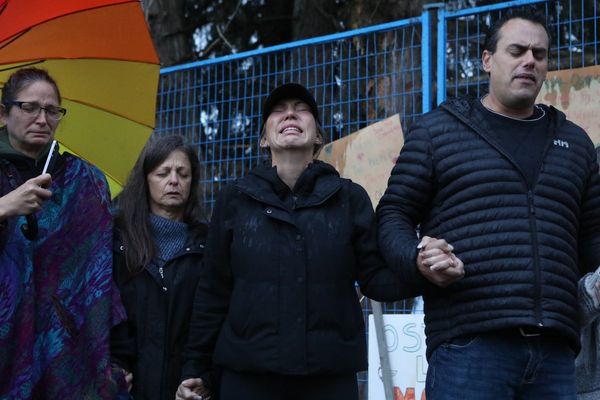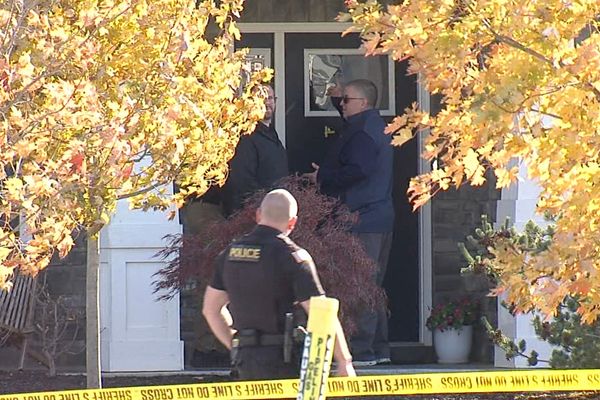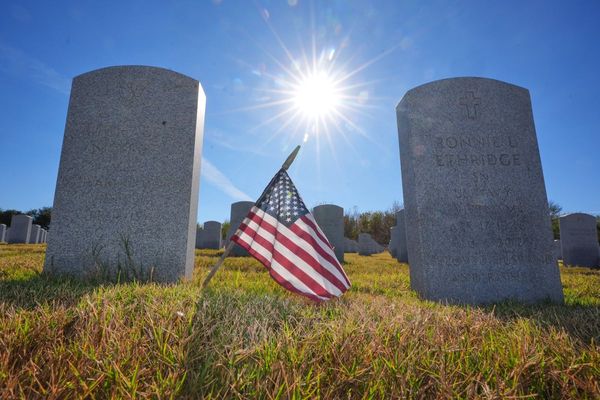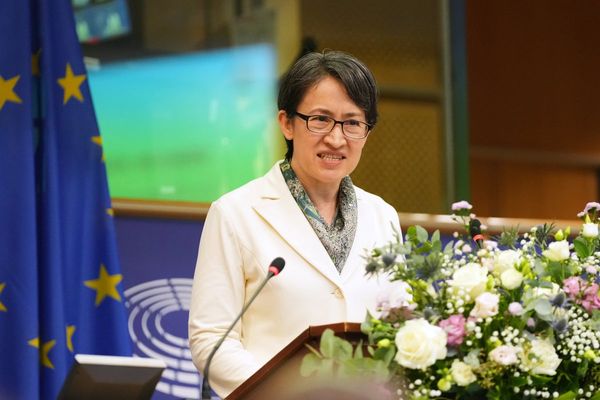
If I owned a furnished, two-bedroom apartment in Paddington, Sydney, as an investment, I could get $1500 per week for it on REA with a six-month lease or $3500 a week on Airbnb.
These numbers are just taken from the REA and Airbnb websites, so not what you’d call research. But at face value it means I’d only need to rent the place for about half the time on Airbnb to be better off than leasing it.
Let’s look at Point Cook, an affordable Melbourne outer suburb. There are currently three three-bedroom properties listed on REA at an average rent of $460 a week.
Turning to Airbnb, we find seven three-bedroom houses just on the first page of a Point Cook search with an average rent of $2219, or $317 a day. No wonder those landlords prefer Airbnb – they only have to rent it two days a week to be ahead.
We’re comparing different things, of course. With Airbnb you might go for weeks without income, it must be furnished and you have to clean it and change the sheets all the time. Also you might get someone having a wild party, so it becomes a big clean and maybe some damage.
In short, it’s riskier, so you should get a “risk premium”.
Also, you have to pay Airbnb 14 per cent, but a real estate agent only about 7 per cent.
But all investors are incurable optimists, otherwise they wouldn’t do it, and they would all think they can rent their Paddington flat on Airbnb for 90 per cent of the time and make 5.7 per cent rental yield instead of the 2.9 per cent available with a lease, which would easily cover the cost of cleaning.
The economic lure of Airbnb
Looking at all this, an economist would ponder: What’s the market clearing price for a leased apartment? That is, how small does the yield discount have to be to make it worth going for the safer bet of a long-term lease instead of a series of higher-priced but riskier short-term stays?
Right now, there are 53,000 places available for long-term rent in the whole of Australia versus about 300,000 short-term holiday properties, according to University of Queensland researcher Thomas Sigler. Three-quarters of them, or about 225,000, are on Airbnb, which started 10 years ago in Australia.
So it looks like the Airbnb risk premium is too high, and that’s one reason for Australia’s rental crisis (but not the only one).
That suggests long-term rents may have further to rise to reach a market clearing price, even though they have already risen a lot.
According to CoreLogic, the median rent in Paddington has already increased 14.8 per in the past 12 months; the median Sydney rent is up 12.6 per cent in a year, and across Australia the increase is 10.1 per cent in a year.
Another reason for the rental crisis is the rebound in immigration, from zero to 400,000 – more than 1000 a day – although that’s quite recent, and would not have caught up the pandemic shortfall yet.

Nevertheless, while some people are calling for a ban on Airbnb to solve the rental crisis, or at least put a cap on it, others like Pauline Hanson are calling for less immigration (a view that often pre-dates the rental crisis and has nothing to do with it).
Neither of those things will happen.
Hospital beds are being closed and airline flights cancelled for lack of staff and, in general, the dire scarcity of workers is both socially damaging and inflationary, leading to more interest rates increases. So more immigration is essential.
Airbnb can’t simply be banned, and even if it could there’d be a dozen websites in its place immediately; the problem is that the short-term/long-term rental premium multiplied by the vacancy/cleaning rate tends to favour short term over long term.
All of the realistic solutions to the crisis currently being discussed are slow ones, and basically involve building more houses and flats and encouraging more property investment (not less, by the way, by removing negative gearing and the capital gains tax discount, as expensive and inequitable as those tax lurks are).
Another golden age needed
As part of that, we need more public housing. There was a golden age of public housing after World War II following the creation of the Commonwealth Housing Commission in 1943, but it was strangled by former prime minister Robert Menzies and then finished off by neoliberalism in the 1980s.
The Albanese government’s $10 billion Housing Australia Future Fund (HAFF), designed to build 30,000 social and affordable homes in five years, is both too slow and not enough. That number is a guess, by the way, not a promise.
My colleague Michael Pascoe correctly described the HAFF as an “election gimmick excuse for a housing policy”, and as he pointed out, Senator David Pocock says it should be increased to $20 billion.
A fundamental problem is that immigration to fill staff shortages is quick, but building homes for them is slow, and there was a pre-existing housing shortage to start with.
More dwellings need to be built, but the only short-term solution, it seems to me, is for rents to increase to the point where the long-term lease discount is small enough to encourage landlords to take their properties off Airbnb and sign leases instead, and then for the National Rental Affordability Scheme (NRAS) to be dramatically expanded to make up the difference for those who can’t afford it.
The NRAS was a very good policy, launched in 2008 by the Rudd government to increase the supply of affordable rental homes for low-to-moderate income households.
Landlords were offered a subsidy to rent their property at least 20 per cent below market to eligible, means-tested tenants.
Tony Abbott scrapped the scheme in the 2014 scorched-earth budget, capping it at 38,000 and taking no new entrants, with a final cut-off date of 2026.
If Anthony Albanese was serious about dealing with the 2023 rental crisis, he would resuscitate Kevin Rudd’s NRAS and use it to move properties from short stays to long-term leases.
In the 2022-23 assessable year (May 1 to April 30), the NRAS incentive was set at $11,168, through a $8376 tax offset and a $2792 tax-free cash payment.
That’s $215 a week, which is not enough to persuade any landlord in Paddington, Point Cook or anywhere else to take their property off Airbnb and put it up for long-term lease.
What would do it? How about $500 a week? Multiplied by 38,000 that’s about $1 billion a year, although there needs to be at least twice that number of extra rentals, so make it $2.5 billion.
It would be money well spent.
Alan Kohler is founder of Eureka Report and finance presenter on ABC news. He writes twice a week for The New Daily







